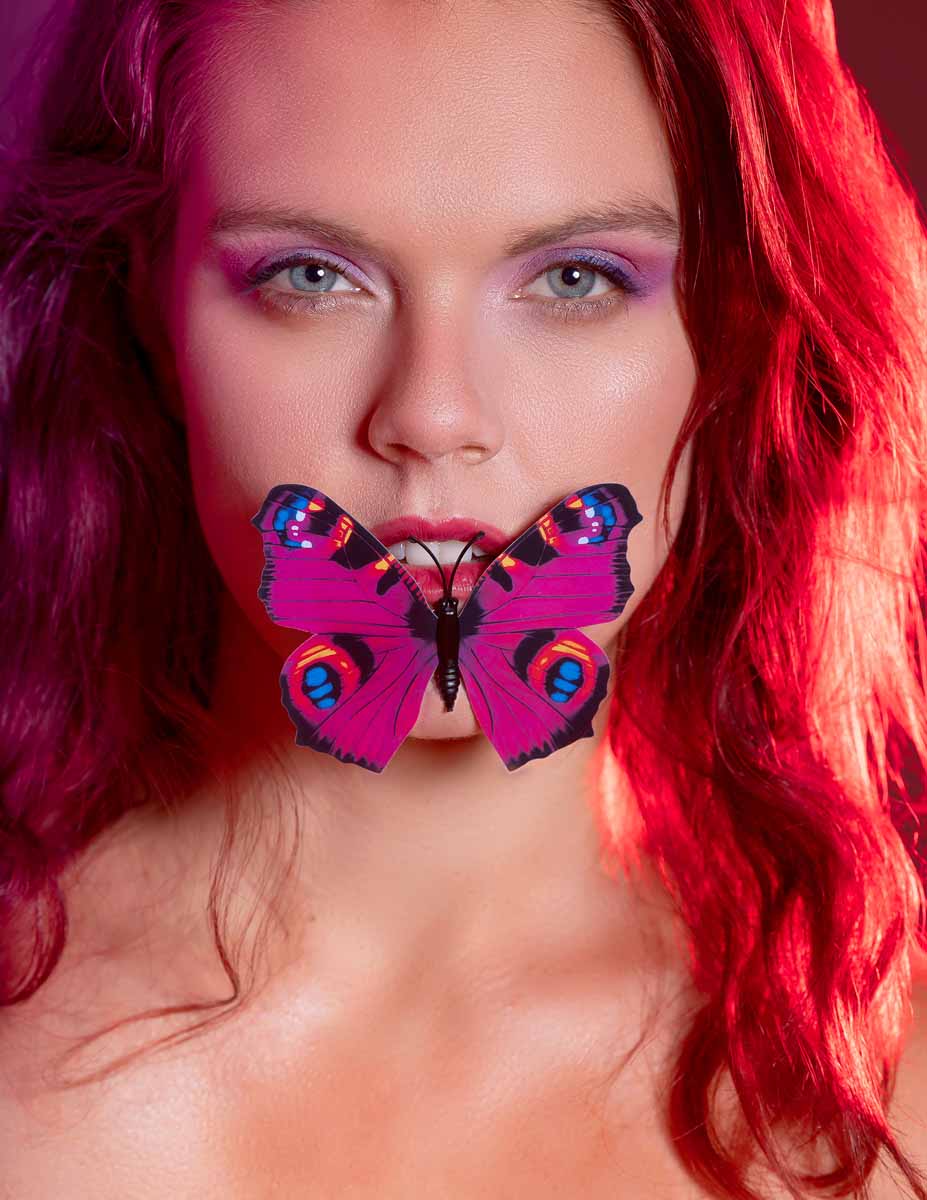From Concept to Creation: How I Plan a Themed Conceptual Photoshoot


1. The Spark: Defining the Core Concept and Theme
Every shoot begins with an idea. Maybe I saw a movie, listened to a piece of music, or was inspired by a specific color palette. The first step is to nail down that core concept.
- What is the central emotion or story? (e.g., Nostalgia, power, alienation, a modern twist on a fairy tale.)
- What is the defining aesthetic? (e.g., Moody, bright and airy, vintage, futuristic, high-fashion.)
- What is the name of the concept? Giving it a working title, like “The Gilded Cage” or “Desert Siren,” instantly makes it feel more concrete and helps you communicate the vision to your team.
This initial phase is about asking “What if?” and defining the why of the shoot before moving on to the how.
2. The Blueprint: Building the Moodboard
Once I have the core concept, it’s time to gather visual references. The moodboard is the single most important tool in this process—it’s the visual blueprint that everyone on the team will refer to. I use digital tools (like Pinterest or a dedicated app) to create a collage of images.
A good moodboard includes:
- Color Palette: Specific hex codes or colors (e.g., deep emerald green, faded gold, dusty rose).
- Hair & Makeup References: Specific looks that fit the theme.
- Styling & Wardrobe: Textures, silhouettes, and specific garment types.
- Posing & Composition: Examples of camera angles and energy I want to capture.
- Lighting: References for the quality and direction of light (e.g., harsh sunlight, soft window light, theatrical shadows).
This board doesn’t just inform me; it ensures that my hair stylist, makeup artist, and model are all visualizing the exact same final image.
3. The Logistics: Location, Casting, and Team Assembly
This is where the dream meets reality.
A. Location Scouting
The location must actively contribute to the story. Is it a grand, derelict theater? A minimalist studio? A dense forest? I scout potential spots, paying attention to the available light at the time of the planned shoot and looking for specific frames within the space. I’ll even take reference photos to add to the moodboard.
B. The Dream Team
Conceptual shoots require teamwork. Based on the complexity, I’ll secure:
- Model/Talent: Someone who can convincingly embody the emotion or character of the concept.
- Hair & Makeup Artist (HMUA): They are crucial for creating the character’s look.
- Stylist: For sourcing or creating the intricate wardrobe.
I send the finalized moodboard and concept title to everyone and confirm their availability and buy-in. Communication is key.
3. The Logistics: Location, Casting, and Team Assembly
This is where the dream meets reality.
A. Location Scouting
The location must actively contribute to the story. Is it a grand, derelict theater? A minimalist studio? A dense forest? I scout potential spots, paying attention to the available light at the time of the planned shoot and looking for specific frames within the space. I’ll even take reference photos to add to the moodboard.
B. The Dream Team
Conceptual shoots require teamwork. Based on the complexity, I’ll secure:
- Model/Talent: Someone who can convincingly embody the emotion or character of the concept.
- Hair & Makeup Artist (HMUA): They are crucial for creating the character’s look.
- Stylist: For sourcing or creating the intricate wardrobe.
I send the finalized moodboard and concept title to everyone and confirm their availability and buy-in. Communication is key.
4. The Shot List: Translating Vision to Action
You can’t just show up and hope for the best. A shot list is your shooting-day safety net. It translates the abstract ideas on your moodboard into concrete tasks.
My shot list is simple but detailed:
| Shot Number | Goal/Concept | Wardrobe | Prop/Focus | Example Pose (from Moodboard) |
| 1 | Full-length establishing shot | Custom gold gown | Hand holding flower | Dramatic side profile, looking away |
| 2 | Close-up beauty shot | N/A | Focus on eye makeup | Soft light from above |
| 3 | Dynamic movement shot | Flowing silk fabric | N/A | Model jumping/twirling |

5. Day-of Execution: Directing the Vision
With all the planning done, the day of the shoot is about execution and flexibility.
- Time Management: Stick to the time allocated for hair, makeup, and each look. I build in a 15-minute buffer per hour—things will go wrong!
- Directing with the Moodboard: I often have my phone or a tablet displaying the moodboard right next to me. If I need a specific pose, I can show the model the reference image immediately.
- The Crucial 10%: I always shoot 90% according to the plan, but I save 10% of the time for spontaneous creativity. Once I have the planned shots, I let the model or team experiment and see what magic happens outside of the confines of the list.
Conceptual photography is a marathon, not a sprint. The discipline of planning is what frees you up to be truly creative when the camera is finally in your hands.
What’s the most challenging part of planning a creative shoot for you? Drop a comment and let me know!
